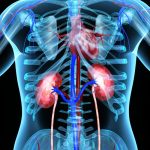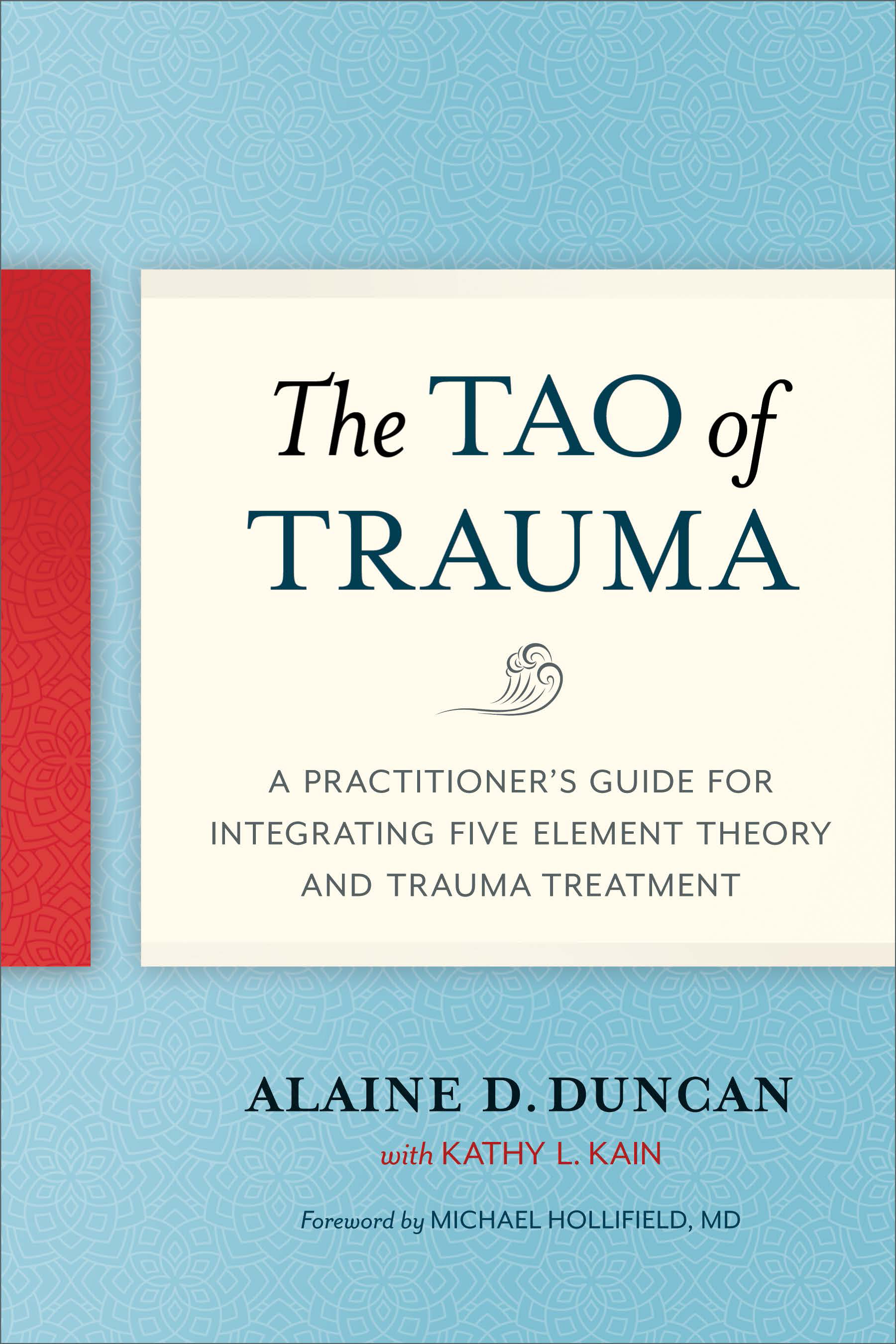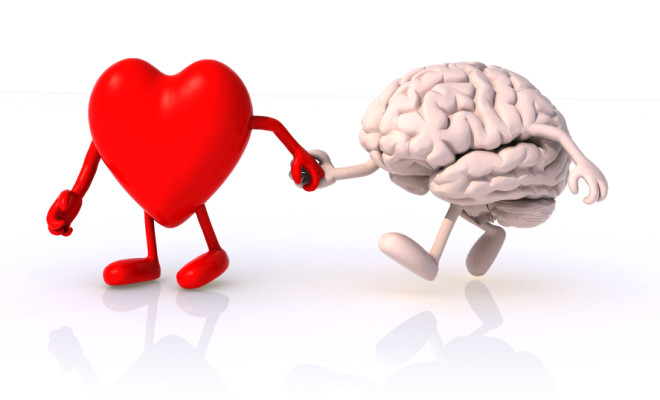Trauma Training Tip
Peter Levine developed the Somatic Experiencing® model of trauma resolution out of his study of predator-prey relationships. He established four foundational principles that interface with Acupuncture and Asian Medicine in insightful ways:
- Two-legged and four-legged animals go through the same 5 steps in their Self Protective Response when danger threatens.
- Successful completion of all 5 steps mitigates trauma’s imprint.
- Symptoms arise when a step is thwarted or remains incomplete.
- The particular step that remains incomplete influences how trauma’s imprint affects a survivor’s tissues, psychological constructs, functional challenges, and spiritual longings.
Here’s the fascinating thing – Dr. Levine’s five steps mirror the Acupuncture and Asian Medicine model of the Five Elements! This ancient model, based on the predictable order of planting, growth, flowering, harvest, and decline found in the agricultural cycle – describes the process that gives rise to and creates a connection with every living thing. Plants, people, institutions – and even the Self Protective Response – flow in this predictable order. Symptoms arise when there is disruption in this primal cycle of life.
 Signaling Threat is the step associated with Winter and the Water Element. The Kidney and its close companion, the Adrenal Gland, carry the responsibility of signaling our threat response. They are particularly vulnerable to fear, giving them the capacity to communicate life threat with adrenaline and cortisol. This is a very good thing: it keeps us safe and ensures survival. It only becomes a problem when we become habituated to fear and to disruption in the secretion of these important substances.
Signaling Threat is the step associated with Winter and the Water Element. The Kidney and its close companion, the Adrenal Gland, carry the responsibility of signaling our threat response. They are particularly vulnerable to fear, giving them the capacity to communicate life threat with adrenaline and cortisol. This is a very good thing: it keeps us safe and ensures survival. It only becomes a problem when we become habituated to fear and to disruption in the secretion of these important substances.
Our task as healers is to help survivors to:
- Recognize safety as well as danger — and when appropriate, interrupt their body’s fear signal.
- Enhance the capacity of their Kidney/Adrenal system to tolerate low-level threat without mounting a full-blown mobilization response.
- Develop skills to support self-protection, self-regulation, and insight.
- Set conditions for building capacity to renegotiate traumatic experiences.
 Interested in learning more? Registration is now open for The Tao of Trauma: Integrating Five Element Theory and Trauma Healing, a 5-module course that offers providers an opportunity to explore interaction, observation, and touch skills that integrate the science of Western Neurobiology with Acupuncture and Asian Medicine in the context of these 5 steps. Look here for registration information and a brief video that explores the series in more detail. First module is January 26&27, 2019.
Interested in learning more? Registration is now open for The Tao of Trauma: Integrating Five Element Theory and Trauma Healing, a 5-module course that offers providers an opportunity to explore interaction, observation, and touch skills that integrate the science of Western Neurobiology with Acupuncture and Asian Medicine in the context of these 5 steps. Look here for registration information and a brief video that explores the series in more detail. First module is January 26&27, 2019.
Free signed copy of my book The Tao of Trauma for all students!
Alaine’s Two Cents!
As long as our Kidney and Adrenal Gland are braced in fear or terror, our body can only interpret a constant state of threat. Only intense arousal or profound collapse will be neurologically supported.
It is important to honor the freeze response as a life-preserving instinct. However, if we become habituated to a constant state of “functional” freeze, we won’t be able to easily discern either safety or threat. Tragic mistakes are made when the hind-brain is full of fear and controlling the more thoughtful frontal cortex.
 Sometimes there actually is a saber-toothed tiger outside our tent, and sometimes “I was scared to death” is rooted in a braced and frozen Kidney/Adrenal system and is not an honest or honorable defense for shooting an African American youth, for example.
Sometimes there actually is a saber-toothed tiger outside our tent, and sometimes “I was scared to death” is rooted in a braced and frozen Kidney/Adrenal system and is not an honest or honorable defense for shooting an African American youth, for example.
When our neurological systems are controlled and perhaps manipulated by fear, only rigid, impulsive, and reactive actions are supported. Habituated fear takes our more relational, thoughtful frontal cortex hostage, and leaves individuals, communities, and even our nation in a state where only impulse, reactive, survival-oriented decisions and political choices can emerge.
When fear is consuming, our task as healers is to help people and their communities remain in the dynamic and relational tension of social discourse, to move between fear and thoughtfulness, between the lower structures of the brain stem and the frontal cortex. Our nation so desperately needs its healers!
Check This Out!
The Tao of Trauma is the #1 New Release on Amazon! Wow! Celebrate its publication of with us at a Book Signing!
Sunday, December 30, 2018, 3-5 pm. At Crossings Healing and Wellness, 8720 Georgia Avenue, Silver Spring, MD. Books available for signature and purchase. Discussion facilitated by Barbara Glenfield, Director of Crossings.
Sunday, January 6, 2019, 3-5 pm. At Joe’s Movement Emporium, 3309 Bunker Hill Road, Mt. Rainier, MD. Books available for signature and purchase. Discussion facilitated by Brooke Kidd, Director of Joe’s Movement Emporium.
Wednesday, January 9, 2019, 7-9 pm. At the home of Jessica Broitman and Gibor Basri, 2940 Forest Ave, Berkeley, CA. Snacks, drinks, discussion with both Kathy Kain and Alaine Duncan. Books available for signature and purchase. Discussion facilitated by Carla Cassler, Associate Director of Acupuncturists Without Borders.
Would you like to host a book signing? Send me an email at alaine.duncan@integrativehealingworks.net.
Clinical Curiosity
Where is your clinical curiosity carrying you? Send me a question or two and I will explore them with readers in this corner next month.
Q. I know the magic that happens when a patient is able to observe and track an embodied experience of the melting of their braced tissues or growing tone replacing collapsed tissues. How can I help those patients who actually can’t reflect on their inner, embodied experience? How can I help them bridge the gap between an intellectual understanding of their situation and a relationship with their body that allows them to experience the healing magic that comes with embodied awareness?
A. Great question – and such a common dynamic. Our culture does not value cultivating body-awareness in children. Too often it is seen as more important to learn our A-B-C’s than to cultivate awareness of how our heart settled with a good cuddle after being frightened by witnessing a car accident. We may have had a necessary surgery or had an injury that made our body a painful place to fully inhabit. The wisdom in our bodies may have been shamed out of us by well-intentioned denial by our parent – “No honey, you aren’t afraid of that dog, that’s a nice dog” – we had no choice but to deny the terror in our tummy and acquiesce to our parent’s demand. We may have grown up in a dangerous neighborhood or with abusive caregivers making it hard to find an embodied experience of safety. We couldn’t develop a relationship with our body that honors it as a wise resource for knowing when and who is safe.
It is very important to invite awareness in small steps for such survivors. Their “qi” or energy left their body to help them cope with a very challenging circumstance. Stephen Porges refers to “interoception” or felt-sense awareness as a 6th sense – and the most important sense to cultivate for our survival. If we cannot receive the signal from our body that tells us when we are hungry, thirsty, too hot, too cold, or are getting sick, we will not be able to care for ourselves as adults. Helping your client cultivate this awareness, in a way that doesn’t overwhelm, is critical for their healing.
It is best to invite it back slowly. If their body-memory is one of multiple painful childhood surgeries for example, bringing them back “into” their body too quickly risks massive arousal and overwhelm.
They may be able to notice whether they are more comfortable with the curtains open or closed; what happens when they look for all the “blue” or “green” or “yellow” things in the room, if they prefer you on their left or right, or if they like this heavy blanket or that light blanket better. All of these are external references – and will be less activating for them. Wait to ask them to notice where or how they know these things in their body-awareness. As time goes on, if you are an acupuncturist, you can palpate a few points and ask them to tell you which one should be treated, or have them tell you if 3 moxas is the right number, or if 5 would be better.
 The “gumball” principle is critical here. Move one gumball at a time – allow one small piece of sympathetic arousal to melt and soften at a time. All the other gumballs will move with this one – and having one come down the chute is so much more manageable than having the whole bowl empty onto the floor! Over time they will be able to notice their breath going deeper or their body getting either heavier or lighter – or even feel a vibration of tension move out along a meridian pathway. Give them oodles of time to cultivate a relationship with their body’s wisdom.
The “gumball” principle is critical here. Move one gumball at a time – allow one small piece of sympathetic arousal to melt and soften at a time. All the other gumballs will move with this one – and having one come down the chute is so much more manageable than having the whole bowl empty onto the floor! Over time they will be able to notice their breath going deeper or their body getting either heavier or lighter – or even feel a vibration of tension move out along a meridian pathway. Give them oodles of time to cultivate a relationship with their body’s wisdom.
|
|

